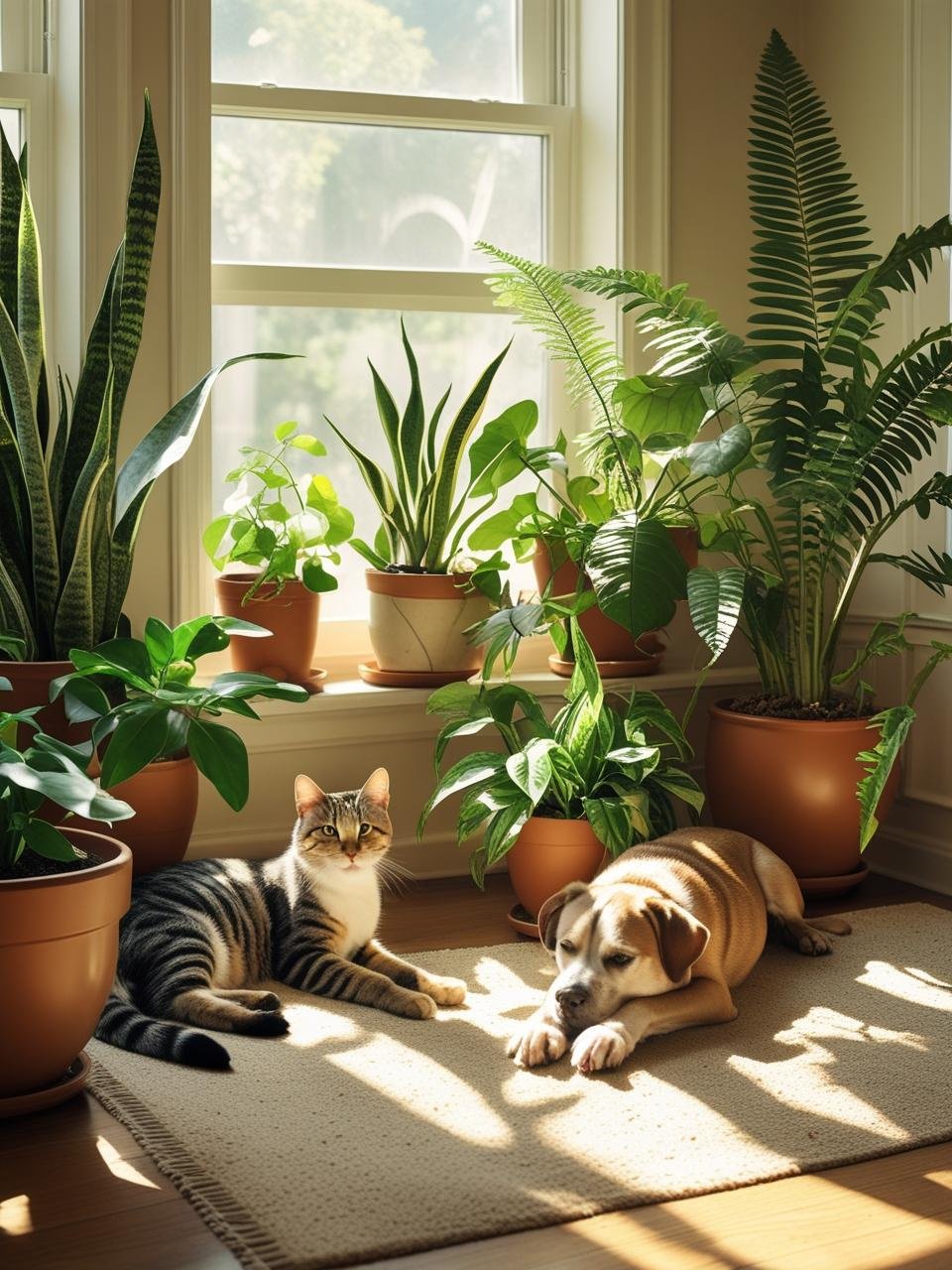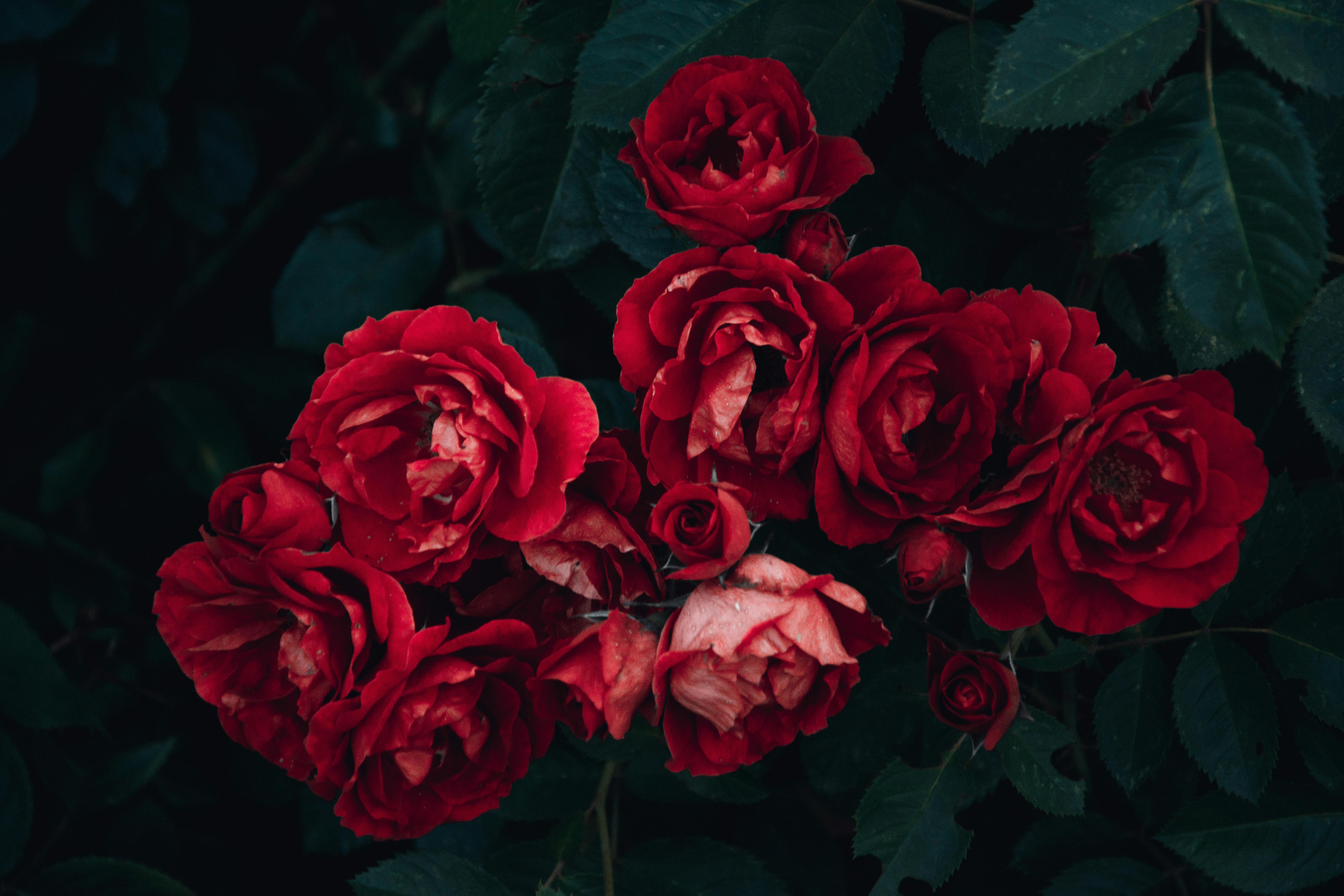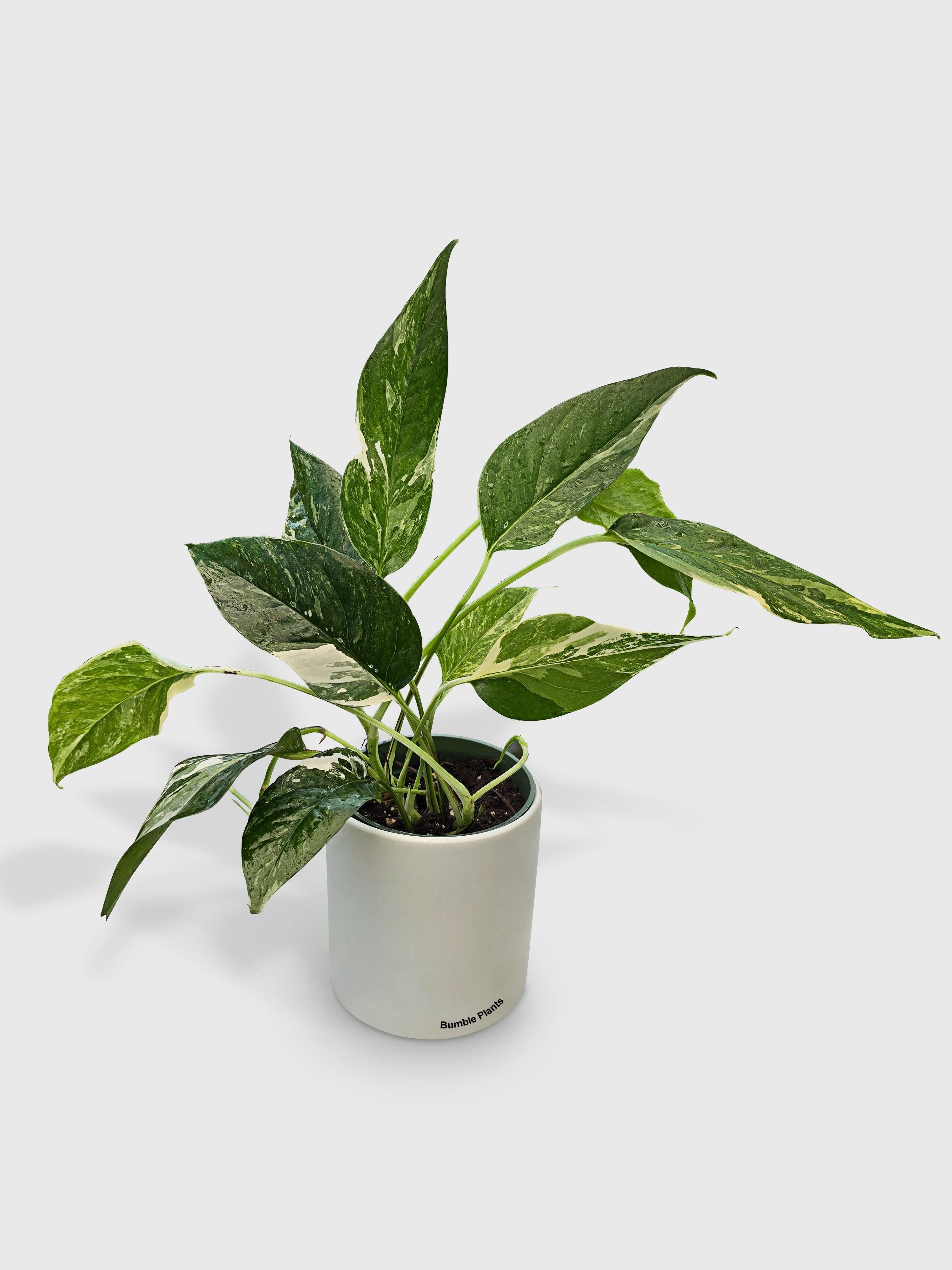Plant Parenting How to Choose the Right Plants for Your Home
As an avid plant lover, I can attest to the countless benefits of having plants in your home. Not only do they add a touch of natural beauty to your living space, but they also improve air quality, reduce stress, and promote a sense of well-being. However, choosing the right plants for your home can be a daunting task. With so many options available, it's important to consider various factors to ensure your plants thrive in their new environment. In this article, I will guide you through the process of selecting the perfect plants for your home, based on your space and lighting conditions, as well as provide tips on caring for your plants to ensure they flourish.
The Benefits of Having Plants in Your Home
Before we delve into the nitty-gritty of choosing the right plants, let's take a moment to explore the myriad benefits of having plants in your home. Aside from their aesthetic appeal, indoor plants offer several advantages that contribute to a healthier and happier living environment. Firstly, plants release oxygen and absorb carbon dioxide, thereby improving air quality. This can be particularly beneficial if you live in a city with high pollution levels. Additionally, studies have shown that being surrounded by plants can reduce stress levels and increase feelings of calm and relaxation. Furthermore, plants can help regulate humidity and temperature in your home, creating a more comfortable living space. Lastly, caring for plants can be a rewarding and therapeutic hobby, providing a sense of purpose and accomplishment.
Factors to Consider When Choosing Plants for Your Home
When it comes to selecting the right plants for your home, there are several factors to consider. These include your space and lighting conditions, as well as the specific care requirements of different plant types. Assessing these factors will help you choose plants that are well-suited to your home environment, ensuring they thrive and bring joy to your space.
Assessing Your Space and Lighting Conditions
The first step in choosing the right plants for your home is to assess your space and lighting conditions. Take note of the available space you have for plants, as well as the amount of natural light that enters each room. Different plants have varying light requirements, ranging from low light to bright, indirect light. If you have a room that receives ample sunlight throughout the day, you can consider plants that thrive in bright light conditions. However, if you have a room with limited natural light, you'll need to opt for plants that can survive in low light conditions, such as snake plants or pothos.
Understanding Different Plant Types and Their Care Requirements
Once you have assessed your space and lighting conditions, it's important to familiarize yourself with different plant types and their care requirements. Some plants, like succulents and cacti, are known for their ability to thrive in dry conditions and require infrequent watering. On the other hand, ferns and tropical plants thrive in humid environments and require more frequent watering. Understanding the care requirements of different plant types will help you choose plants that align with your lifestyle and ability to care for them. It's also worth noting that some plants may require specific temperatures or levels of humidity to thrive, so be sure to consider these factors as well.
Popular Indoor Plants for Different Rooms in Your Home
Now that we have covered the basics of assessing your space and understanding plant care requirements, let's explore some popular indoor plants for different rooms in your home. Whether you're looking to add a touch of greenery to your living room, bedroom, bathroom, or kitchen, there are plants suitable for every space.
Living Room
The living room is often the focal point of a home, making it the ideal space to display larger, statement plants. Consider placing a fiddle leaf fig or a monstera deliciosa in a well-lit corner to create a striking visual impact. If you prefer smaller plants, opt for a collection of succulents or a peace lily as they are low-maintenance and add a touch of elegance to any living space.
Bedroom
In the bedroom, it's important to choose plants that promote a restful and calming atmosphere. Lavender, jasmine, and snake plants are all excellent choices for the bedroom. These plants not only add a touch of greenery but also emit soothing scents that promote relaxation and sleep.
Bathroom
The bathroom is a space with high humidity levels, making it the perfect environment for plants that thrive in moist conditions. Consider placing a Boston fern or a spider plant on a shelf or hanging from the ceiling to add a tropical touch to your bathroom oasis. These plants not only thrive in humid environments but also help purify the air, making your bathroom a healthier space.
Kitchen
The kitchen is a bustling space where you can get creative with your plant choices. Herbs such as basil, rosemary, and mint are not only functional for cooking but also add a fresh scent and vibrant greenery to your kitchen. You can also consider placing a small potted citrus tree on your kitchen countertop to bring a touch of nature indoors.
Low-Maintenance Plant Options for Beginners
If you're new to plant parenting or have a busy lifestyle that leaves little time for plant care, fear not! There are plenty of low-maintenance plant options that are perfect for beginners. These plants require minimal attention and can withstand occasional neglect.
Snake Plant
The snake plant, also known as Sansevieria, is a popular choice for beginners due to its resilience and ability to tolerate a wide range of light conditions. It can thrive in both low light and bright indirect light, making it suitable for various rooms in your home. Snake plants are also known for their air-purifying properties, making them a great addition to any space.
Pothos
Pothos, also known as devil's ivy, is another low-maintenance plant that is perfect for beginners. It can tolerate a wide range of light conditions, from low light to bright indirect light. Pothos plants are known for their trailing vines, making them a great choice for hanging baskets or placing on high shelves. They are also excellent air purifiers and can thrive even with infrequent watering.
Tips for Selecting Healthy and Thriving Plants
When it comes to selecting plants for your home, it's important to choose healthy specimens that have the potential to thrive in their new environment. Here are some tips to help you select healthy plants:
- Inspect the leaves and stems: Look for vibrant, green leaves and sturdy stems. Avoid plants with yellowing or wilting leaves, as this may indicate poor health.
- Check for pests: Examine the plant closely for any signs of pests, such as webbing, tiny insects, or sticky residue. Infested plants should be avoided, as they can spread pests to other plants in your home.
- Assess the root system: Carefully remove the plant from its pot and check the roots. Healthy roots should be white or light-colored and well-established. Avoid plants with roots that are brown, mushy, or sparse.
- Avoid plants with signs of disease: Look out for any signs of disease, such as spots, mold, or unusual growths. Infected plants can be difficult to revive and may require extensive treatment.
Remember, choosing healthy plants is crucial for their long-term survival and your enjoyment as a plant parent.
Where to Buy Plants for Your Home
Now that you have a good understanding of the factors to consider when choosing plants and the types of plants suitable for different rooms, you may be wondering where to buy plants for your home. Here are a few options:
Local Plant Nurseries
Local plant nurseries are a great place to find a wide variety of plants, as well as receive expert advice from knowledgeable staff. Take the time to visit different nurseries in your area to explore the selection and find plants that resonate with you.
Online Plant Retailers
With the rise of e-commerce, buying plants online has become increasingly popular. Online plant retailers offer a wide selection of plants, often delivered directly to your doorstep. Be sure to research reputable online retailers and read customer reviews before making a purchase.
Plant Swaps and Community Gardens
Consider participating in plant swaps or visiting community gardens in your area. Plant swaps provide an opportunity to exchange plants with fellow plant enthusiasts, allowing you to diversify your collection at little to no cost. Community gardens often have plant sales or events where you can purchase plants while supporting local gardening initiatives.
Caring for Your Plants: Watering, Fertilizing, and Repotting
Once you have chosen the right plants for your home, it's important to provide them with proper care to ensure their well-being. Here are some essential tips for watering, fertilizing, and repotting your plants:
Watering
Different plants have different watering needs, so it's important to research the specific requirements of each plant in your collection. As a general rule, it's better to underwater than overwater your plants, as overwatering can lead to root rot and other issues. Monitor the moisture level of the soil and adjust your watering schedule accordingly.
Fertilizing
Plants require nutrients to thrive, and fertilizing is an essential part of plant care. Choose a fertilizer that is suitable for the specific needs of your plants, such as a balanced fertilizer for general use or a specialized fertilizer for specific plant types. Follow the instructions on the fertilizer packaging and avoid overfertilizing, as this can cause nutrient burn and damage to your plants.
Repotting
As your plants grow, they may outgrow their pots and require repotting. This is especially important for fast-growing plants or those that have become root-bound. Choose a pot that is slightly larger than the current one and use well-draining soil to ensure proper root development. Repotting can be a stressful process for plants, so be sure to handle them with care and provide appropriate aftercare, such as avoiding direct sunlight for a few days.
Troubleshooting Common Plant Problems
Even the most experienced plant parents encounter issues with their plants from time to time. Here are some common plant problems and how to troubleshoot them:
- Yellowing leaves: Yellowing leaves can indicate overwatering, underwatering, nutrient deficiencies, or pests. Assess the watering and feeding routine of your plants and check for signs of pests. Adjust your care routine accordingly.
- Wilting leaves: Wilting leaves can be a sign of underwatering, overwatering, or root rot. Check the moisture level of the soil and adjust your watering schedule. If root rot is suspected, remove the plant from its pot, trim affected roots, and repot in fresh soil.
- Pests: Pests such as aphids, mealybugs, and spider mites can wreak havoc on your plants. Identify the specific pest and treat accordingly, using organic pest control methods or insecticidal soaps.
- Drooping leaves: Drooping leaves can be a sign of overwatering or underwatering. Check the moisture level of the soil and adjust your watering routine accordingly.
Remember, plant care is a continuous learning process, and it's normal to encounter challenges along the way. With time and experience, you'll become better equipped to troubleshoot and address common plant problems.
Relevant Articles: 👇
Conclusion
Choosing the right plants for your home is an exciting journey that can bring beauty, tranquility, and a sense of fulfillment to your living space. By assessing your space and lighting conditions, understanding plant care requirements, and selecting healthy plants nutrition , you can create a thriving indoor garden that enhances your well-being. Remember to provide proper care through watering, fertilizing, and repotting, and troubleshoot common plant problems as they arise. So, take the plunge into plant parenting and let the wonders of nature transform your home into a lush and vibrant sanctuary.










































